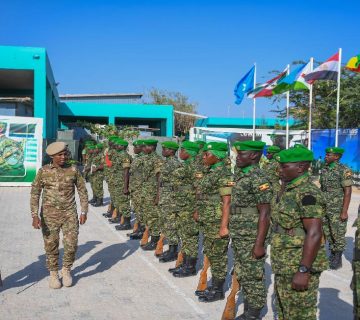Djibouti’s economy is currently driven by the country’s water port complex. Trade, through Djibouti’s port, is expected to grow rapidly in parallel with the expanding economy of its main trading partner, Ethiopia. The near‐term outlook suggests a continuous growth, above seven per cent in 2019‐2020. The drawback in Djibouti has been the increase in the number of thousands of migrants who set off every year from Djibouti to cross the Bab al-Mandab Strait for the Arabian Peninsula with hopes of finding work in rich Gulf countries. This month Djibouti has been marred by the tragedy which occurred off Godoria, a locality in the Obock region of northeast Djibouti. More than 130 migrants went missing on January 29, 2018 off the coast of Djibouti after two boats capsized. This migration is caused by a range of factors including conflict, insecurity, extreme weather conditions, political unrest, the youth bulge, and uneven economic growth.
This trend is not going to change anytime soon, humanitarian organizations need to have access to data to assess changing trends and be prepared to offer timely assistance. The meeting of central political and humanitarian agencies in Djibouti to address this dramatic shift is an important step, but not an end in itself. Policymakers need reliable and comparable data to better understand the scope and implications of the irregular migration via the Gulf of Aden to Yemen. This, in turn, will support evidence-based policies to save migrant lives as well as encourage regular and well-managed migration.



